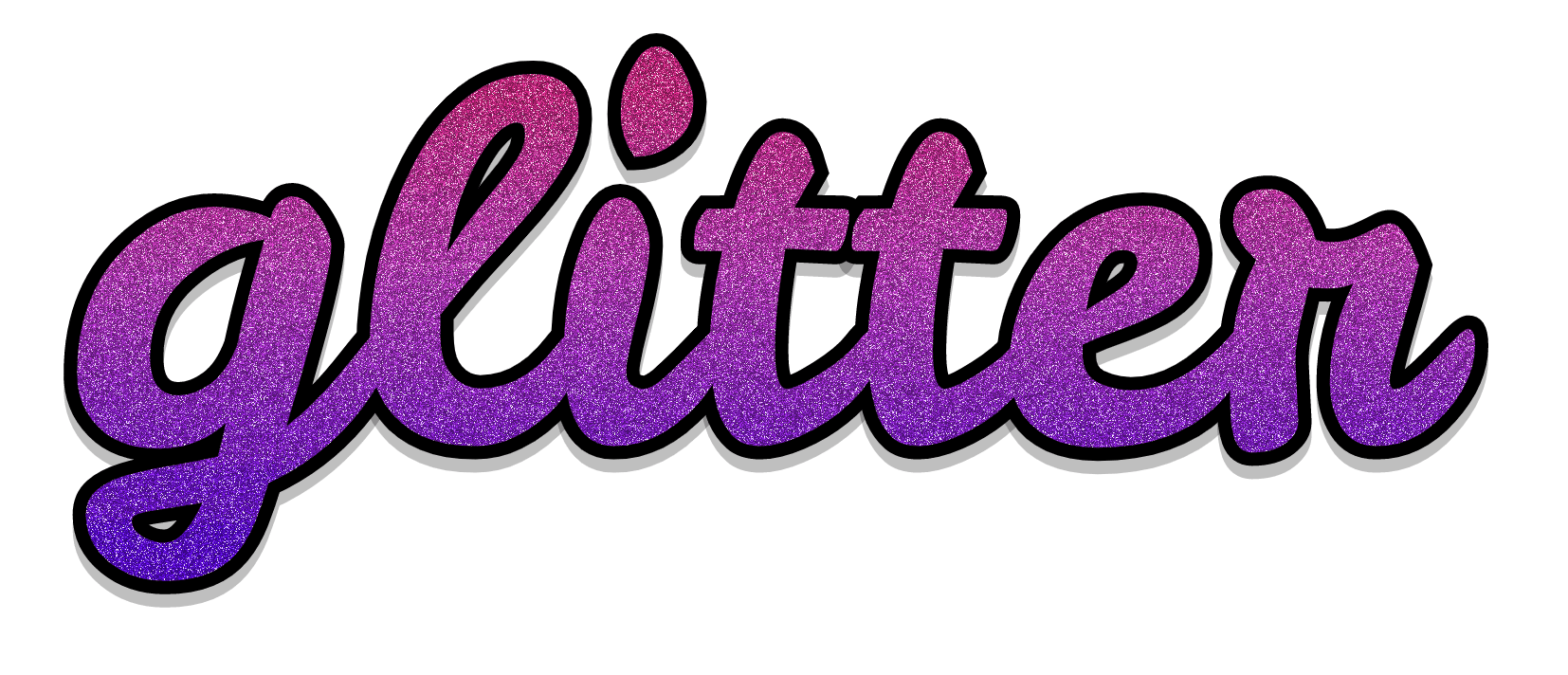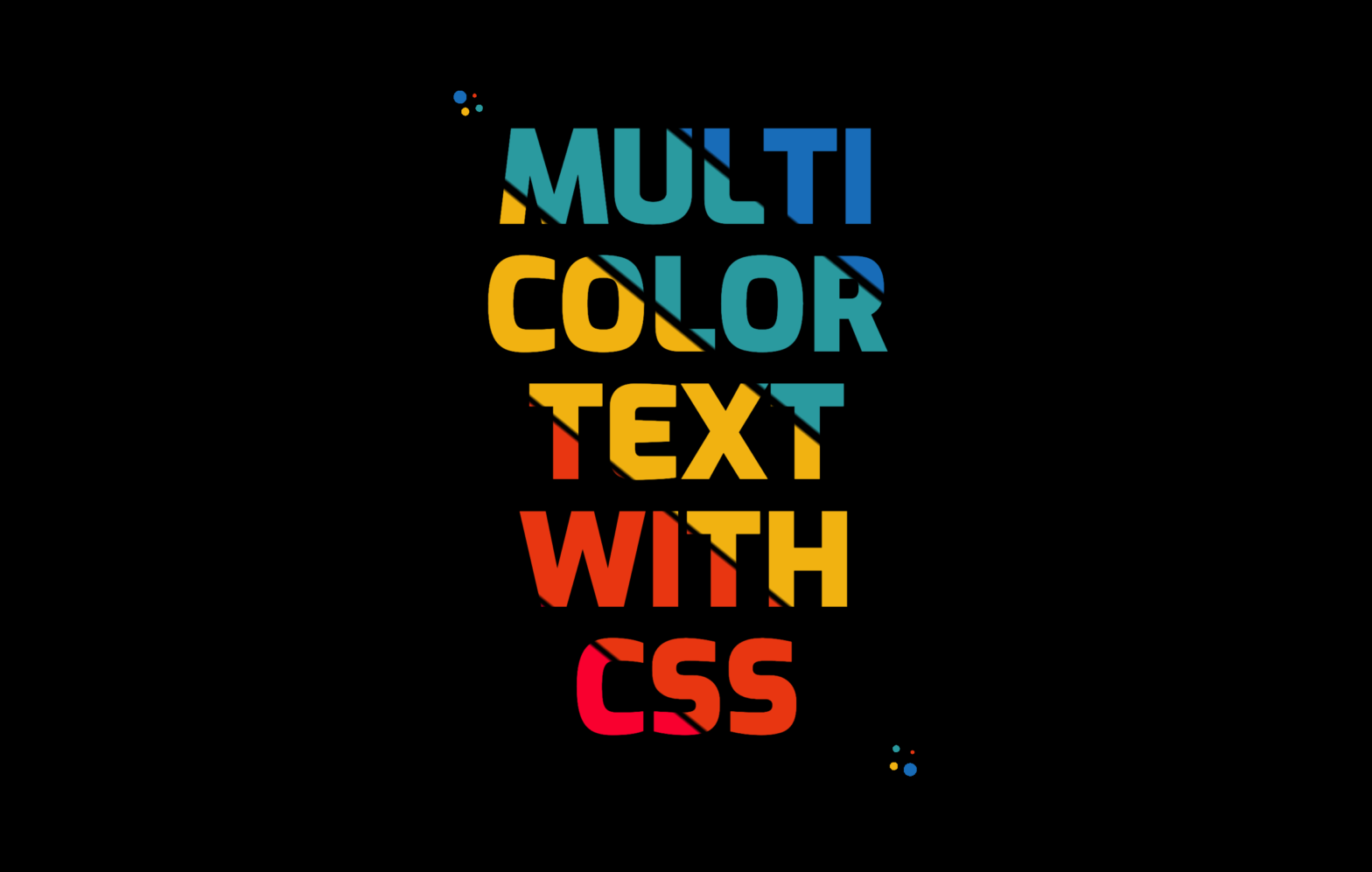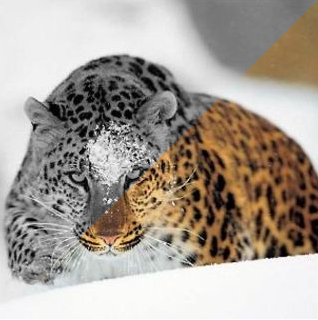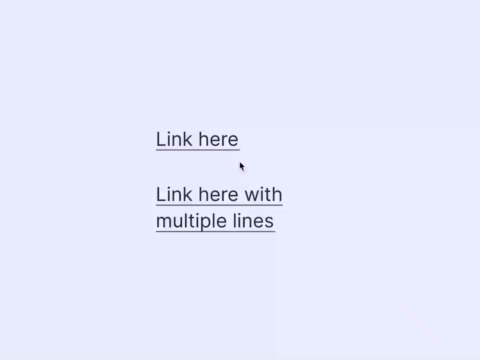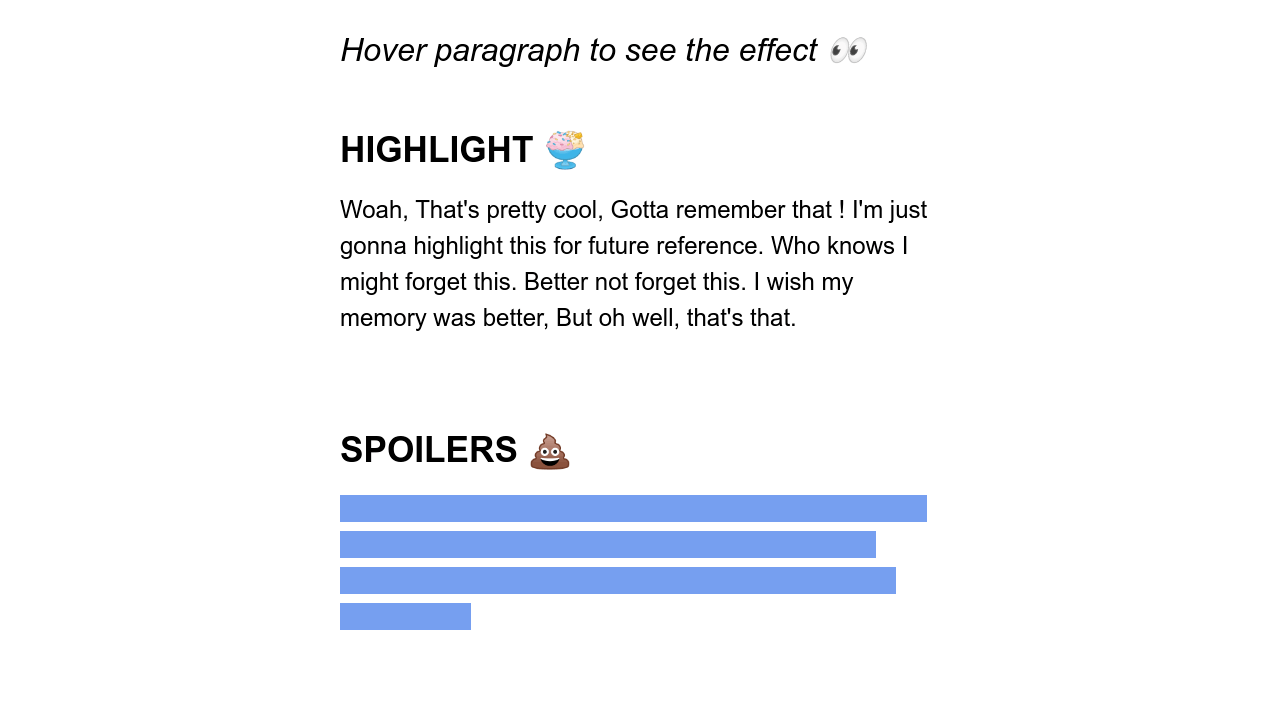
You know those wipe transitions between scenes in Star Wars movies? Have you ever thought it would be awesome to recreate them with CSS? Probably not, but, well, here we are. Let’s do it. Uses gradients set as a mask-image which transition on hover. For the iris and clock wipte effects, @property is used. Star …
Continue reading “Star Wars Scene Transition Effects in CSS”
